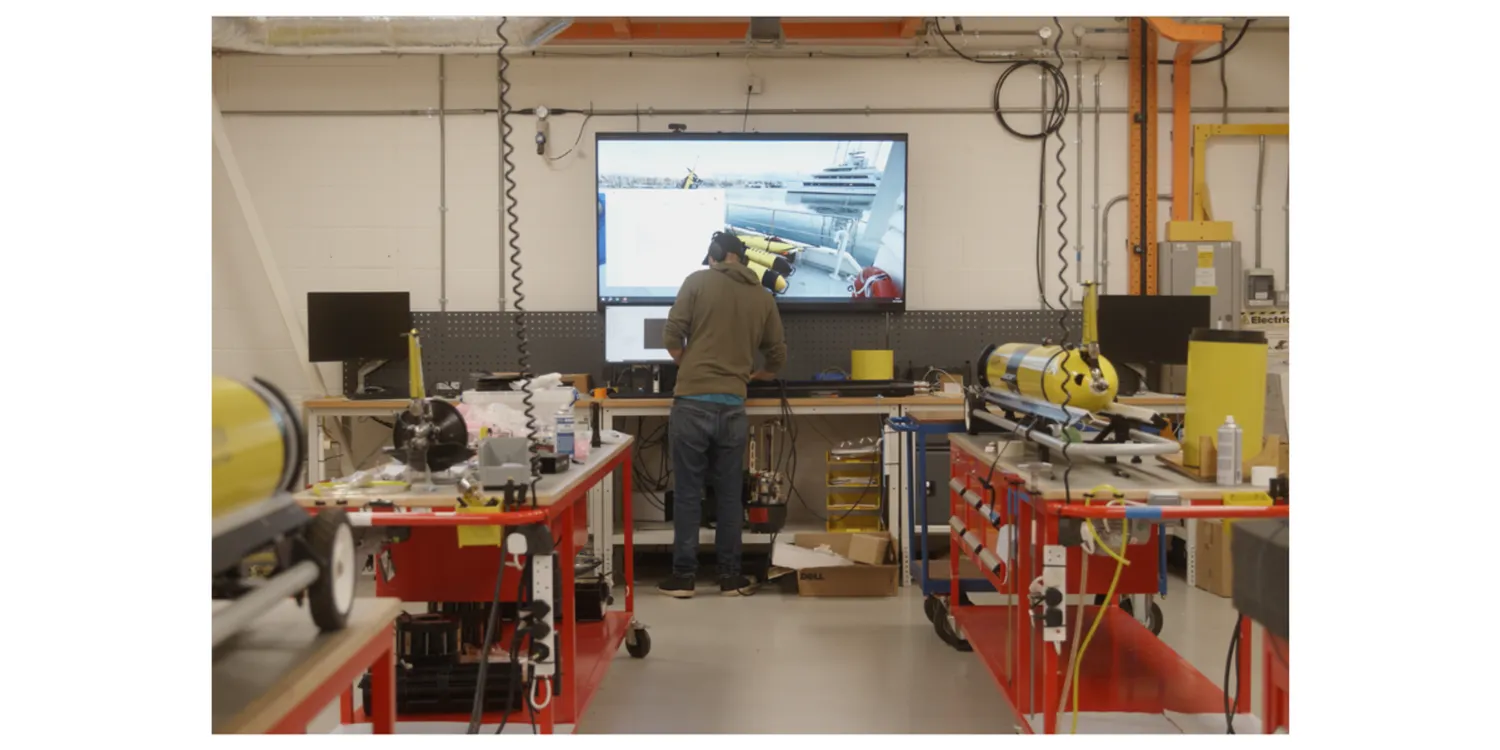23 Sept 2024
TechOceanS project has launched a series of short videos highlighting some of its cutting-edge marine monitoring technologies. These technologies are reshaping how we monitor and understand the ocean, from deep-sea sensors to advanced bioassays. Each video showcases a unique capability, offering a glimpse into how these tools can address critical challenges in oceanography and marine policy.
Cytometer TechOceanS has tested an ocean-ready cytometer designed to identify and distinguish various types of phytoplankton and microplastics, making it a valuable tool for aquaculture and environmental monitoring.
MicroSTAF A new evolution of the active fluorometer by Chelsea Technologies, MicroSTAF boasts enhanced capabilities with a 2,000-meter operating depth while reducing both size and power requirements by over 70%.
Multi-Assay Biogeochemical Lab-on-Chip TechOceanS has developed three innovative configurations of combined oceanographic sensors, enabling simultaneous measurement of key indicators like total alkalinity, dissolved inorganic carbon, nitrate, phosphate, and silicate—vital metrics for understanding ocean chemistry.
Bioassays New bioassays combined with TechOceanS’ reel-to-reel system offer an in-situ approach for detecting pollutants and contaminants in aquatic environments, providing enhanced insights into ecosystem health.
Robotic Cartridge Sampling Instrument (RoCSI) and Reel-to-Reel Sampling New sampling methods developed by TechOceanS enable autonomous long-range oceanic vehicles to collect a greater number of samples, reducing environmental impact and operational costs.
Sensor Agnostic Data Processing TechOceanS has advanced AI-based data processing systems to identify organisms and seafloor landscapes from various camera systems, enhancing data analysis capabilities in ocean research.
Explore these videos to learn more about the technological breakthroughs that TechOceanS has brought to the forefront of marine science. These tools not only broaden our understanding of marine ecosystems but also pave the way for more sustainable and informed ocean policies.
